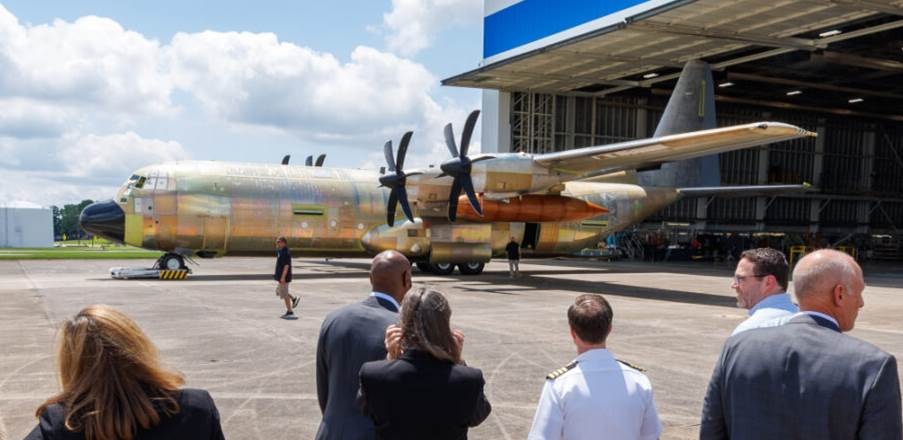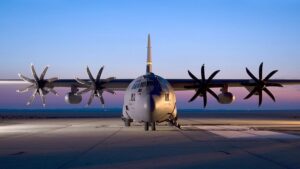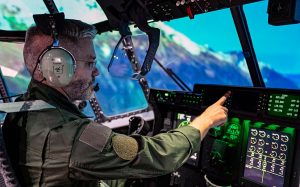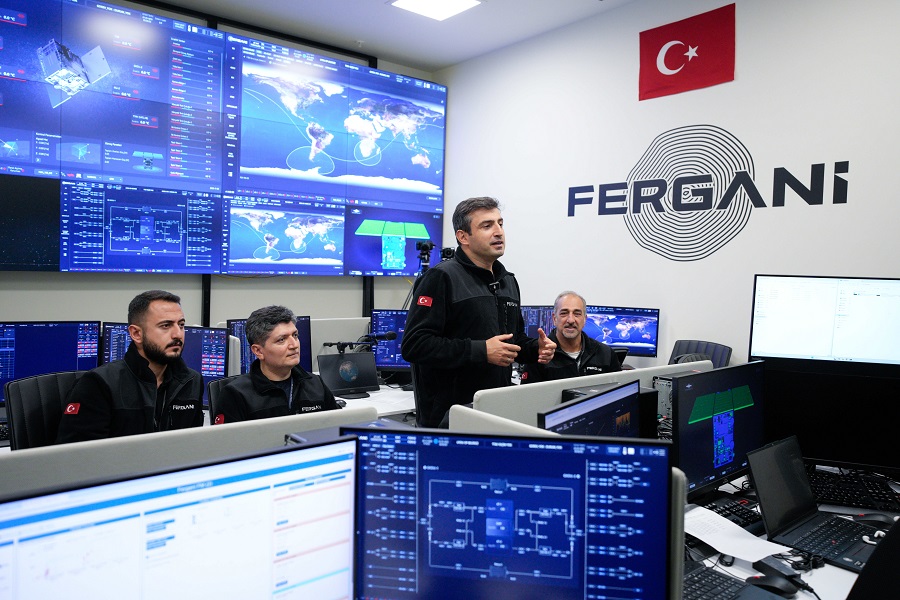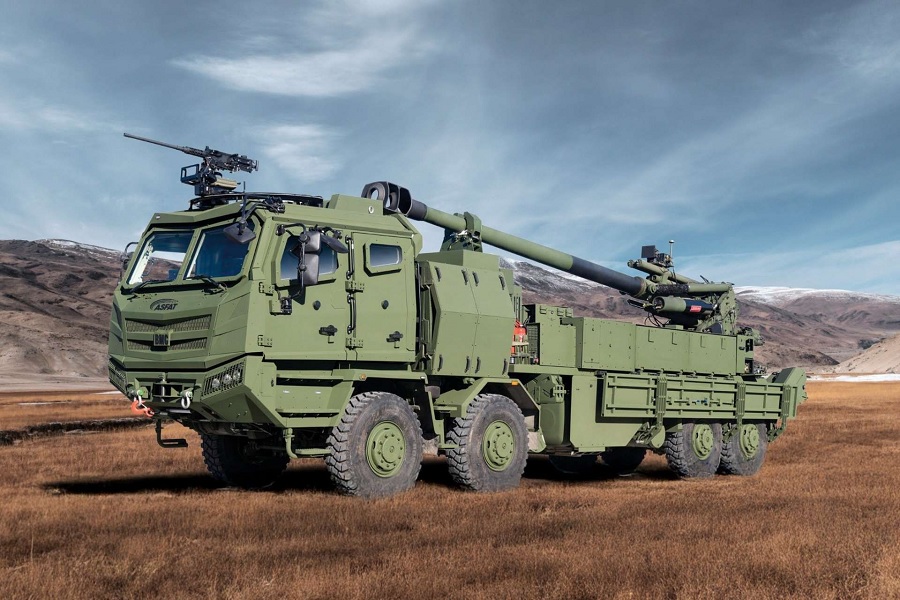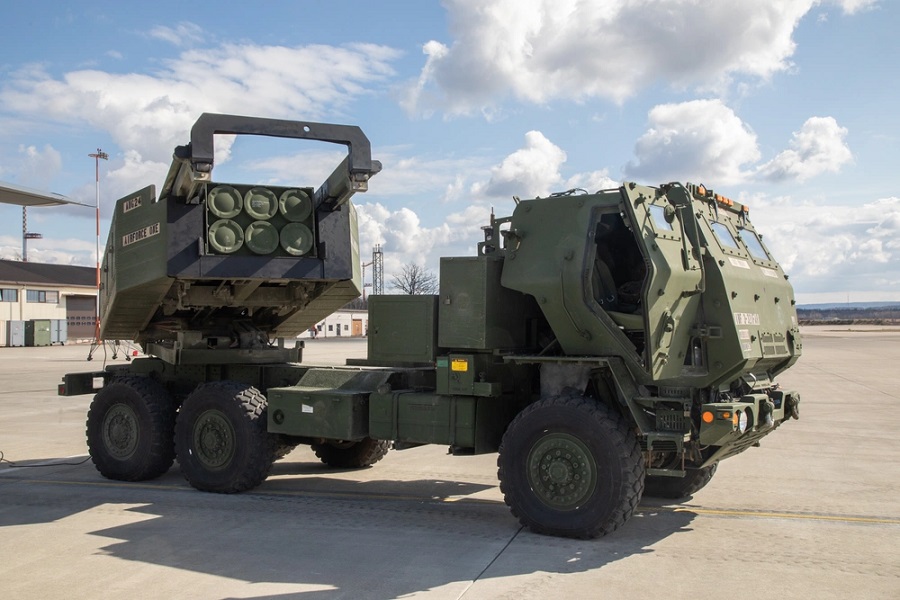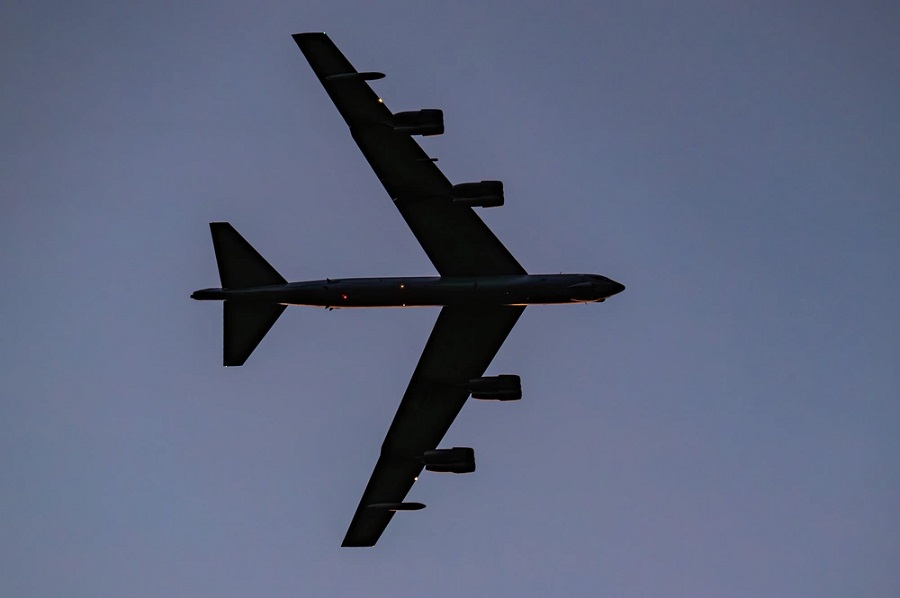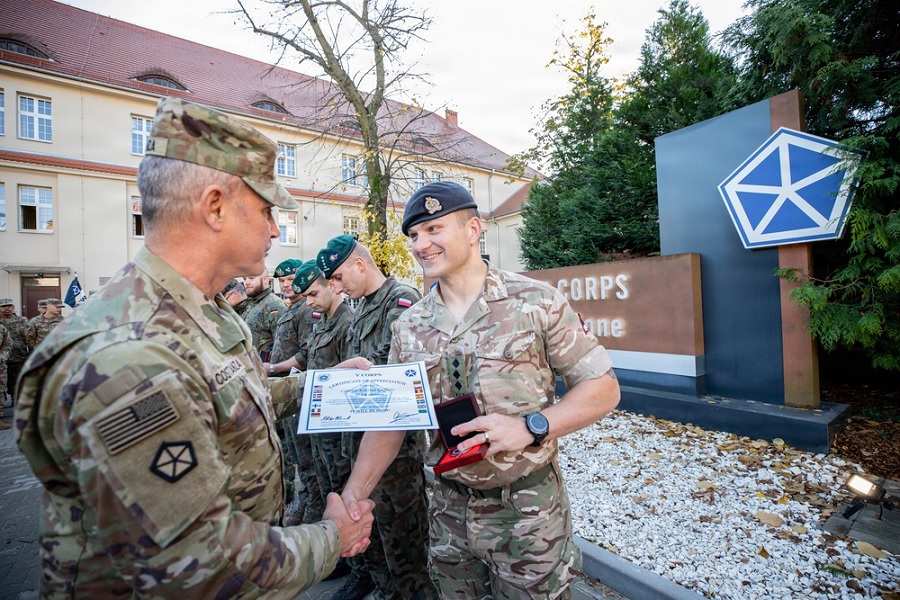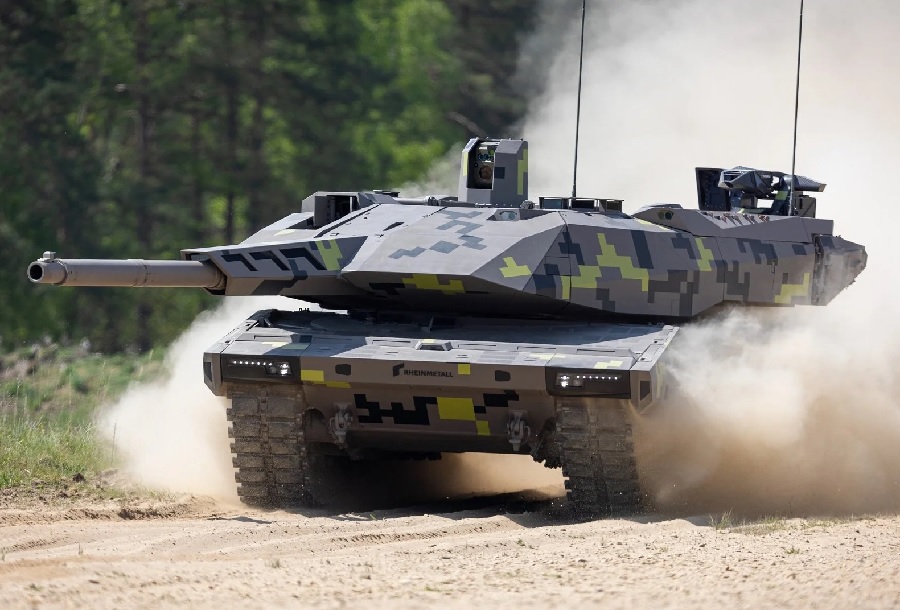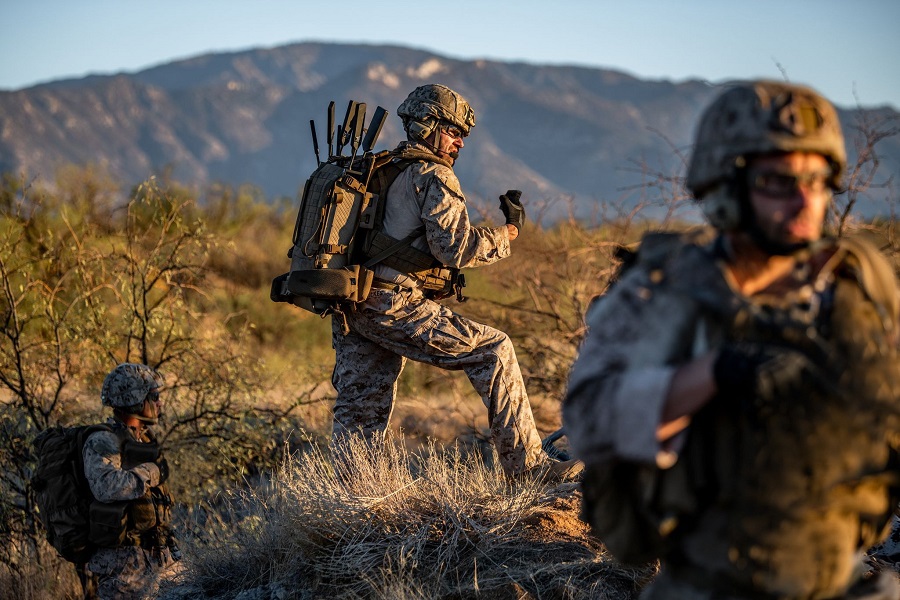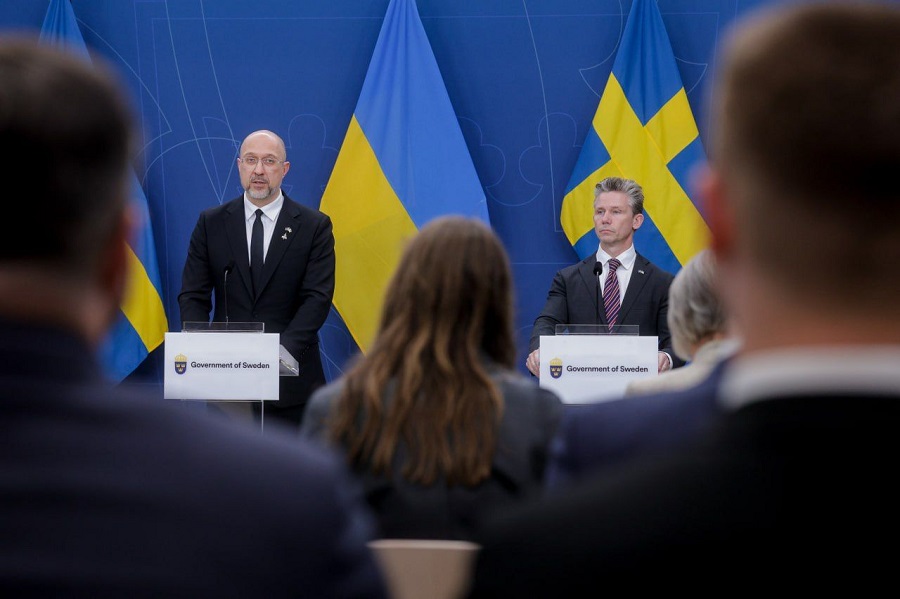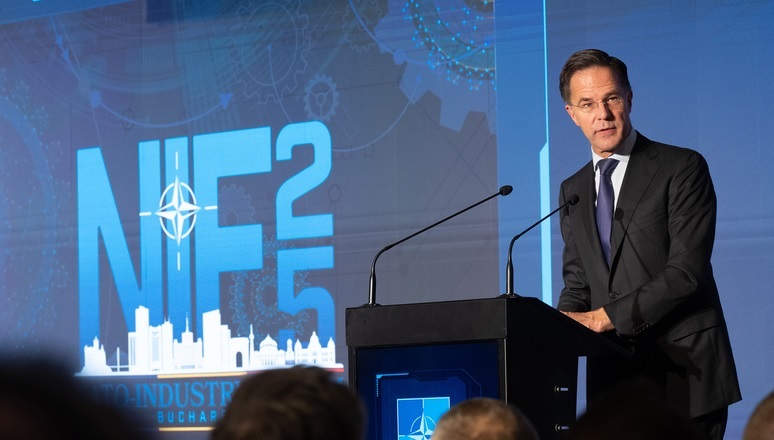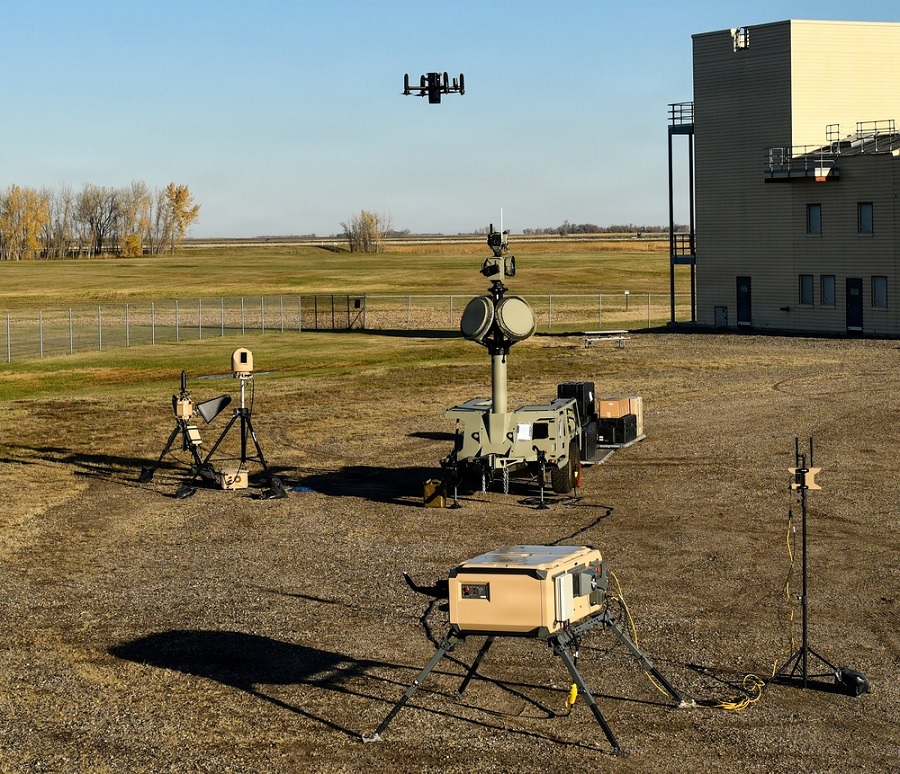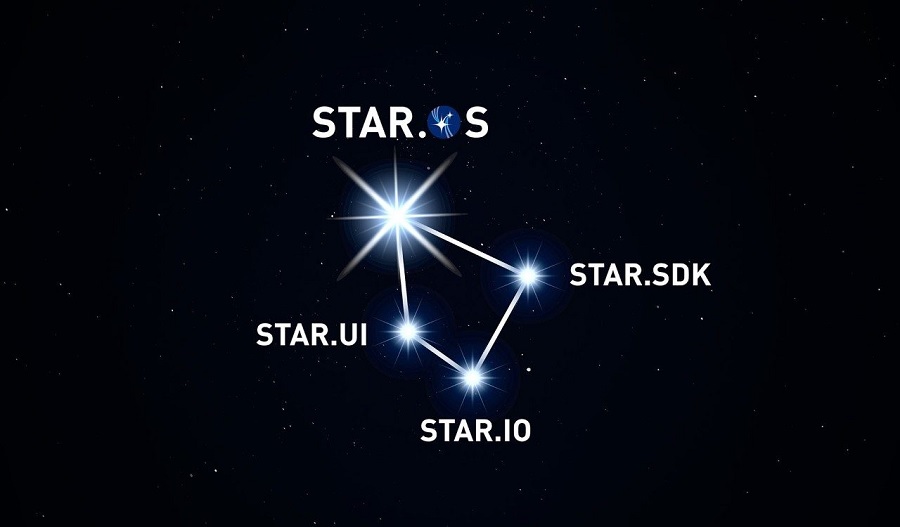The programme foresees the delivery of around eighteen units, divided into three phases, with the first three prototypes now in preparation. The entire programme, with a maximum value of USD 3.5 billion, is scheduled for completion by the end of 2034 and will replace the Boeing E-6B Mercury currently in service.
#ICYMI: E-130J program is on track to their aggressive schedule. The first airframe has emerged to be converted into the first Phoenix II. This is a testament of #speedtothefleet and fleet #readiness as the next phase of the TACAMO mission takes shape with a seamless transition. pic.twitter.com/Ybz061wl2E
— NAVAIR (@NAVAIRNews) September 4, 2025
The completion of the first E-130J Phoenix II is not the only positive development concerning the C-130J Super Hercules programme. On the same day, US media reported, citing official Air Force statements, that the service had launched a process to modernise the onboard equipment of special operations variants, including thirty AC-130J, thirty-nine HC-130J and sixty-four MC-130J aircraft.
The entire fleet will be fitted with Northrop Grumman AN/APG-83 SABR radars, currently also produced for the F-16 Fighting Falcon. According to the Air Force, the new systems will increase operational potential and enhance crews’ situational awareness during missions worldwide.




